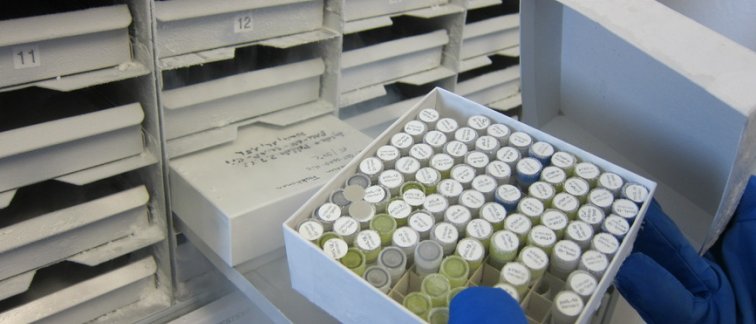What is a biobank?
A biobank is a collection of biomaterials, that may be supplemented with data, of patients and/or healthy volunteers. Biomaterials may include anything that is secreted by or can be obtained from the human body, including blood, urine, tissue biopsies, sweat, ascites, etcetera. The difference between a scientific study and a biobank lies in the fact that a study collects biomaterials for answering a specific research question and in a biobank biomaterials are stored for future research with a yet unknown research question.
Kinds of biobanks
Two kinds of biobanks are distinguished.
- In a ‘de novo’ biobank biomaterials are collected specifically for the purpose of future research. Occasionally, a ‘de novo’ biobank is attached to a scientific study. In this situation, the collected biomaterials are primarily used for answering the study question, and the remainder is stored in a biobank. Other ‘de novo’ biobanks are not attached to a study. This is possible only if biomaterials are obtained in a non- or minimally invasive fashion, so that no review according to the Wet Medisch-wetenschappelijk Onderzoek met Mensen (WMO) is required.
- In a ‘further use of bodily material’ biobank left-over biomaterials acquired during clinical care are stored for future research.
Due to the lack of a concrete research question biobanks are not covered by the WMO and, consequently, cannot be reviewed by the institutional review board.
Harmonization
In the near future the TcB and the BTC will become one committee, but before that our methods will be harmonized. At present, our methods still differ. For example, differences exist in the documents to be delivered, the composition of the committee, and the policy regarding the release of biomaterials. This is undesirable for researches who already have or who are setting up a biobank at both locations.
The harmonization process offers us an opportunity to evaluate our working processes. Eventually, not only will we strive to harmonized methods, but also to procedures that are transparent, user-friendly and future-proof, taking into account recent legislation (such as the General Data Protection Regulation) and concept legislation (such as the Wet Zeggenschap Lichaamsmateriaal). The review of release requests will become more proportional, with more risky releases (e.g., in terms of privacy violation) getting a more extensive review than less risky releases. With the recent implementation of Research Manager, in the near future we expect to digitally support this process. By asking a set of questions during the initial submission it will become instantly clear whether a release request is risky or not. In this way, the applicant will readily get an answer as to whether the planned release is approved or requires a more extensive review.
Martijn Finken, chairman TcB and BTC
Roelie IJkema, review officer institutional review board location VUmc
Carmilla Licht, manager institutional review board location VUmc

